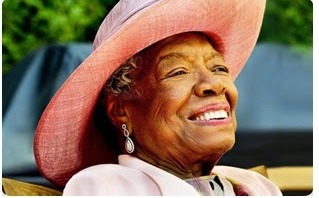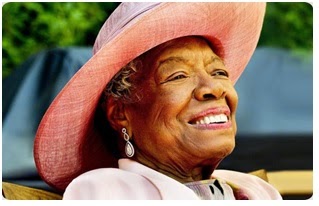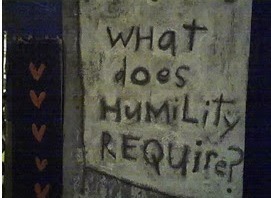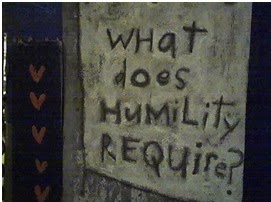Coming together is a beginning; keeping together is progress; working together is success. ~Henry Ford
I’ve been preparing for some corporate training that I’ll be facilitating next week and part of the client’s training program focuses on the team development concept of forming, storming, norming, and performing. This may sound familiar to many of you; Tuckman first suggested this idea in 1965 and it continues to be used in many training programs around team effectiveness and teamwork.
As I worked through the material what struck me was that this concept has been around for nearly 50 years, yet there are key aspects that very few organizations actually implement or follow. For example, many teams struggle most with the transition from storming to norming. The titles are fairly self-explanatory. When a team is in the storming phase anxiety develops, people start setting boundaries, members are pushing for power and position, cliques drive the team, there may be personal attacks, etc. In the norming phase the team will begin to create “norms.” The purpose is well-defined, feedback is high and well-received, hidden agendas are now open, etc.
One of the action steps to get to “norming” is creating clear roles, agreements, and rules for behavior. I’ll be the first to admit, when I’m on a team I typically want to jump right into the challenge or task that we’ve been assigned. I want to “get at” the work. By doing that, I’m greatly increasing the odds that we’re going to experience conflict and subsequent “storms.” For others, they may want to skip over this step because they believe that the roles or rules of behavior are obvious, so it would be a waste of time to talk about it. Some may think that roles and rules of behavior sound elementary or simplistic and isn’t necessary. Whatever our reason, chances are we’re all wrong.
Team conflict is not a bad thing or something to be avoided when creating the roles and rules for behavior. In fact, many authors argue that in order to be effective, teams need to have conflict; but it needs to be healthy conflict. No, that’s not an oxymoron.
A team can arrive at healthy conflict much more quickly and with far less angst, if they have established roles and rules of behavior from the get-go.
From my own observations, it seems to me that these rules of behavior can be fairly simple and straightforward. Examples might be: don’t be defensive, only one person can get angry at a time, stay focused and on topic, end the meetings with action items and clear agreements so there will be no meeting after the meeting, etc.
The key, I believe, is to take the time to write down your roles and rules of behavior, agree upon them, and then include them on a separate sheet or at the top of your agenda for every meeting. This now gives every member of the team mutual accountability. So when you go off track, every member of the team not only has permission, but is expected, to call it out. As a team, you are now confronting the issue before it escalates into unhealthy conflict.
Even as I write this I’m thinking, this sounds so obvious and simplistic. Maybe that’s why we so often skip over it and then pay the price later. The obvious and simplistic could be the saving grace of your team. Coming together is a beginning; keeping together is progress; working together is success.








